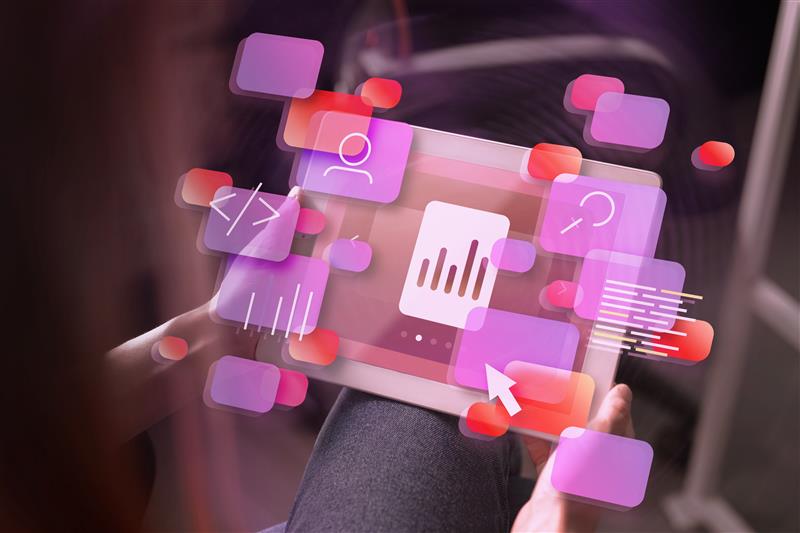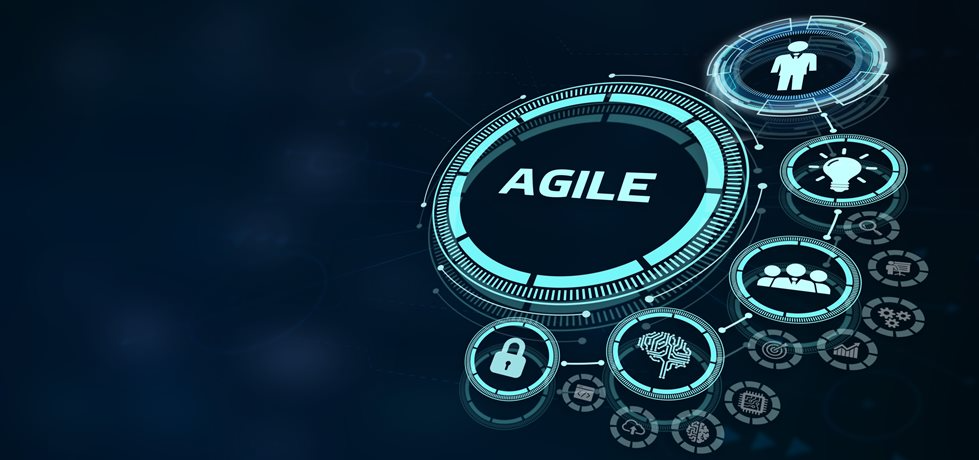This article is about Technology
Not long ago, people believed that withdrawing cash by fingerprint and making payments through applications was beyond our reach.
We marveled at the idea of Apps, selfies, dressing technologies, biometry, and other resources. Today, all of this is a real, though it so recently seemed unimaginable.
The increase of convergence and integration between electronic commerce and mobile technology will change (in fact, they are already changing) the payment market radically. This transaction will be accelerated by means of ongoing tool development of on-line purchase, and an increasing consumer acceptance for this model.
One of the main triggers of this transformation is smartphone and tablet dissemination as well as access to the internet and mobile phones that are a safe deposit for cardless financial transactions. Sector analysts estimate that cash will be replaced by mobile device solutions within a few years. This is proven by a survey with technology lovers performed by Electrical and Electronic Engineer Institute (IEEE).
The payments, after all, can be performed by applications or websites, (via Near Field Communication (NFC) or contactless) a technology that enables transactions when there is mobile phone approach of a mobile reader or card machine, or even of another mobile phone. This new background is prompting companies to develop smartphone applications that not only reduce traditional payment dependency, but also provide a unique customer experience as they enhance engagement and smooth out traditional friction points of trade.
Mobile explosion
Studies have been registering this trend. Approximately 13% of total online spending globally in 2015 took place by means of smartphone, according to an Ipsos/PayPal Survey published by the company in early 2016. The survey also disclosed that Brazil’s traditional e-commerce grew at a rate of 29% per year and it registered around R$ 120 billion in transactions in 2016. On the other hand, mobile commerce grew three times more: at a rate of 107%.
The estimate is that 8.4 million devices will be connected globally in 2017, according to a survey issued by Gartner. This market increase is of 31% compared to 2016, and the forecast is reaching 20.4 billion by 2020. These figures foster the development of means of payment that simplify new consumer habits.
It is a steadily increasing market. For Forrester Research, in a survey sponsored by Google, internet sales in Brazil will double by 2021, triggered by smartphone use growth. It means that the field will register an average growth of 12.4% per year, and it will reach a total of R$ 85 billion in sales.
Thus, virtual commerce will require more simplified payments. This will be possible by means of technology. Processes that perform payments via the Internet of Things (IoT) use the internet connection of computing devices enabling their capacity to receive, send and interact with reactions; processes that that can execute purchases and, consequently, payments.
This evolution is being fully developed and it certainly holds many more surprises as innovative technologies are released. These will originate new services and business models.
Globally and in Brazil
The United Kingdom was the first country in the world with a supermarket where consumers were allowed to pay for their shopping with fingerprint technology. An infra-red system scans people’s fingerprints and links the biometric map to each customer’s bank accounts, performing the payment.
The North American fast food chain KFC recently released in China a payment system via facial recognition, in line with the increasing use of technology in their country. The order terminal operates by comparing customer’s faces with their photos in their Alipay account to validate the payment.
The Walgreens pharmacy chain is an example of physical payment via mobile device in POS (point of sale). Mobile phones and POS are compatible and communicate to enable payment along with additional marketing resources, including daily offer viewing, fidelity number recognition, and others.
On the other hand, Amazon Go is a store in which the customer does not have to stay in line to pay for their products and everything is transferred to their smartphone. The bill is submitted later to digital payment. With all of this, convenient customer experience is the focus. The concept uses sensors that detect consumer entrance into the supermarket and, with artificial intelligence, the products the customer puts in their shopping bag are identified. The platform even identifies if the customer removes a product and returns it to the shelves. The process is similar to the one used by standalone cars, with a computing view and sensor recognition.
This evolution is being fully developed and it certainly reserves lots of surprises as innovative technologies are released that will originate new services and business models. And it all started with barter, when the negotiation took place by means of an exchange of goods.
Not only is the Brazilian market aware of the evolution of these means of payment, they are also in full activity. The banks already offer disruptive possibilities. Banco do Brasil (BB), for instance, released a data submission tool this year, by means of QR Codes and social media, that makes it possible to split the bill between friends in bars and restaurants.
Visa also announced glasses in the first quarter of this year that are capable of performing payments. They have a technology called NFC (that enables communication by proximity). Performing a payment only requires touching the product!
Several other extremely innovative initiatives around the world prove that we will still see other disruptive means of payment. This is due to the world’s natural and frenetic motion towards the future. It is almost intuitive. Technology remains a trigger to enable possibilities of innovation manufactured by the restless human brain.
This article is about Technology
Share:

Accessible and democratic technology: low-code promotes business acceleration wi...


Recently I started my journey at Qintess and right away realized that this was...

Innovation + Strategy to see the future!